Cranberry juice — with its tart, refreshing taste and reputation as a health-boosting beverage — has become a popular staple in kitchens around the world. Whether enjoyed on its own, blended into cocktails, or promoted for its health benefits, cranberry juice holds a special place in the global beverage industry. But have you ever wondered which country produces the most cranberry juice globally? In this article, we’ll explore the fascinating journey of cranberries, the juice-making process, and reveal which nation proudly holds the title as the world’s leading cranberry juice producer.
A Quick Introduction to Cranberries
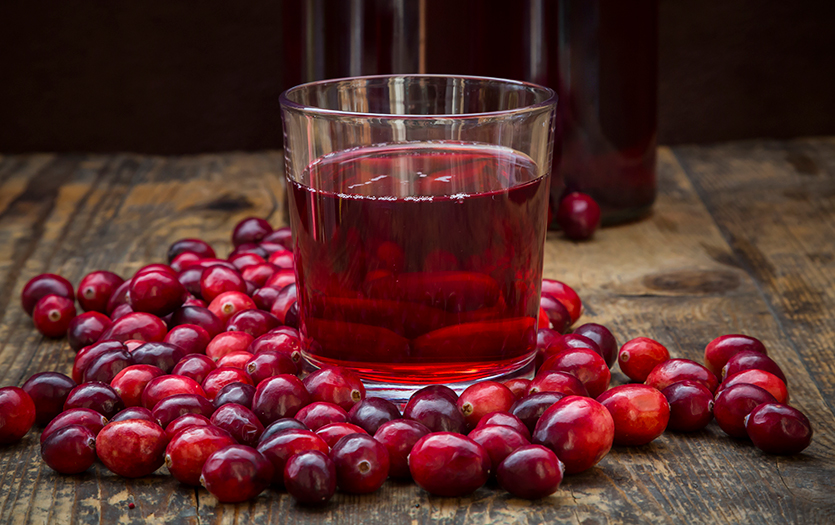
Cranberries are small, ruby-red berries native to North America. Known for their sharp, tart flavor and high antioxidant content, cranberries have long been valued by indigenous communities for their medicinal and nutritional properties.
Today, cranberries are cultivated primarily for their use in:
- Cranberry juice
- Dried cranberries
- Sauces and relishes
- Nutritional supplements
Cranberry juice, in particular, has gained global popularity not just for its bold flavor but also for its potential benefits in supporting urinary tract health, boosting immunity, and delivering powerful antioxidants.
Global Cranberry Production Overview
While several countries grow cranberries, commercial cultivation is relatively limited due to the plant’s specific climate and soil requirements. Cranberries thrive in cool, temperate climates with acidic, sandy soils and ample freshwater supply — which makes their cultivation geographically unique.
The global cranberry industry is highly concentrated, with just a few countries responsible for the majority of the world’s production and juice processing.
United States: The Largest Cranberry Juice Producer in the World
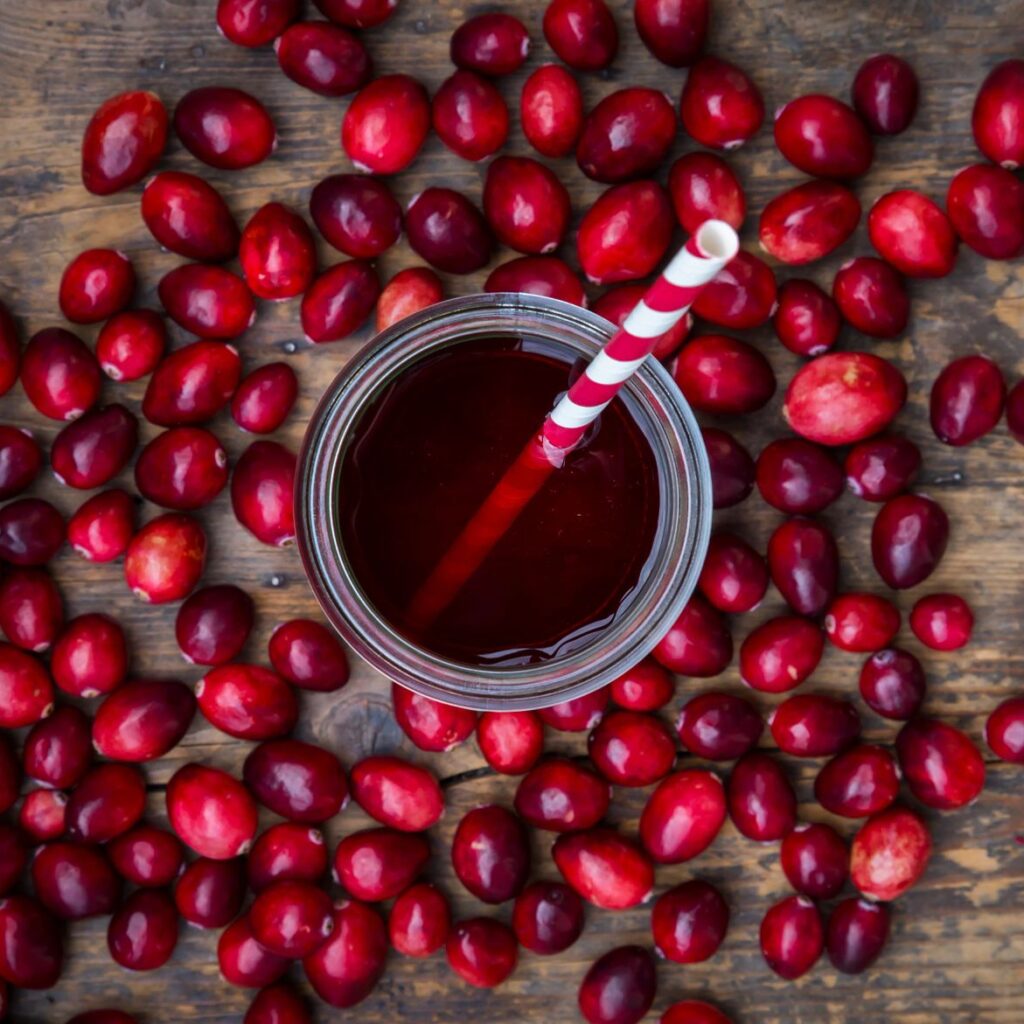
The United States is the undisputed leader when it comes to both cranberry farming and cranberry juice production. With its deep-rooted history of cranberry cultivation and processing, the U.S. not only grows the largest share of cranberries globally but also dominates the market for cranberry juice and related products.
Production Statistics
According to data from the United States Department of Agriculture (USDA) and industry sources, the U.S. produces approximately 400,000 to 450,000 metric tons of cranberries annually, accounting for nearly 60-65% of global cranberry production. A significant portion of this harvest is processed into juice, making the U.S. the world’s largest producer and exporter of cranberry juice.
Where Are Cranberries Grown in the U.S.?
Cranberries are primarily grown in five U.S. states:
- Wisconsin: The nation’s leading cranberry-producing state, contributing over 60% of total U.S. production.
- Massachusetts: Known for its historic cranberry bogs, accounting for around 25% of U.S. output.
- New Jersey
- Oregon
- Washington
These regions offer the acidic soils, cool temperatures, and plentiful freshwater needed for successful cranberry farming.
How Is Cranberry Juice Made?
Cranberry juice production begins with the harvest of ripe cranberries, which typically occurs between September and November. Unique to cranberries is their harvesting technique — bogs are flooded with water, causing the buoyant berries to float for easy collection.
The juice-making process involves:
- Cleaning and sorting the harvested berries.
- Crushing the berries to extract juice.
- Filtering and pasteurizing the juice for safety.
- Blending with sweeteners or other fruit juices (since pure cranberry juice is highly tart).
- Bottling and packaging for retail sale.
Leading American producers, like Ocean Spray — a grower-owned cooperative — process millions of gallons of cranberry juice each year for domestic and international markets.
Canada: A Major Contributor to Global Supply
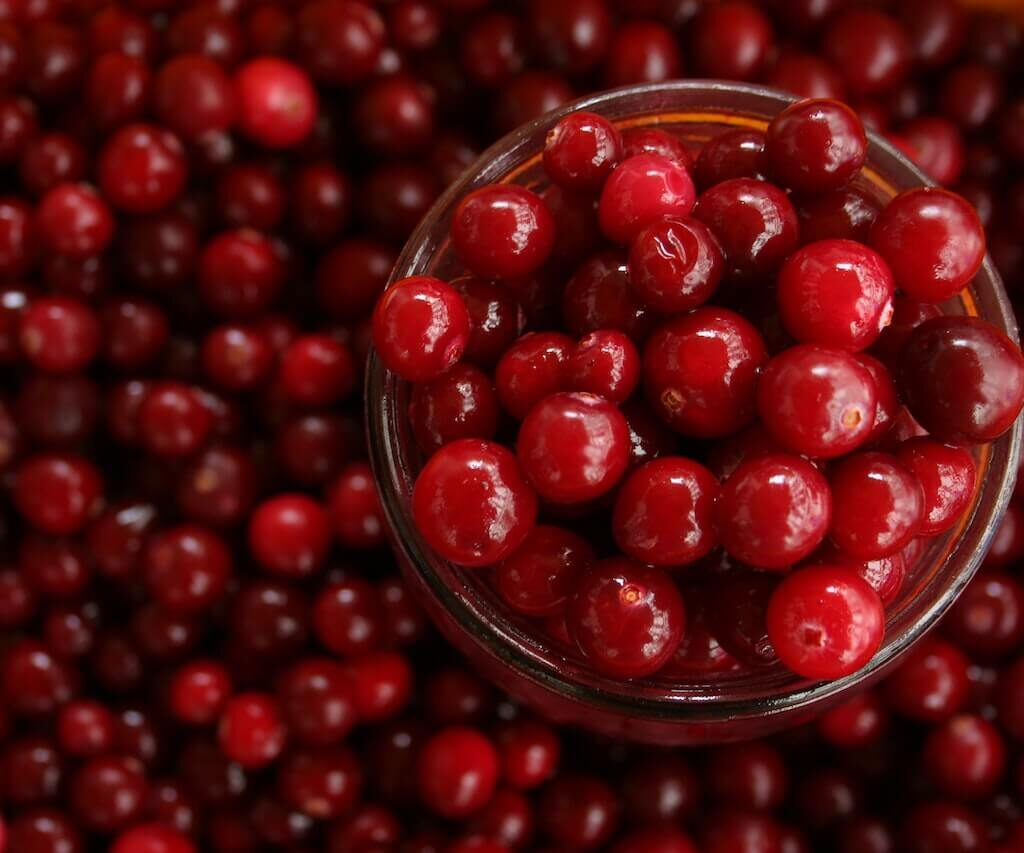
Canada ranks as the world’s second-largest cranberry producer, supplying around 100,000 to 120,000 metric tons of cranberries annually. Most Canadian cranberries are grown in:
- British Columbia
- Quebec
- Newfoundland and Labrador
Like the U.S., Canada processes a significant share of its cranberries into juice and other products, with much of it exported to markets in Europe, Asia, and the United States.
Other Notable Cranberry-Producing Countries
While the United States and Canada dominate global cranberry production, a handful of other countries contribute smaller volumes:
- Chile: An emerging cranberry grower in the Southern Hemisphere, with increasing exports to Europe and Asia.
- Belarus, Latvia, and Lithuania: These Eastern European nations cultivate cranberries for regional juice and preserve markets.
- Poland: Produces cranberries on a smaller scale, with some juice production for domestic consumption.
However, none of these countries rival the scale of the U.S. or Canada in cranberry juice production.
Why Is Cranberry Juice So Popular?
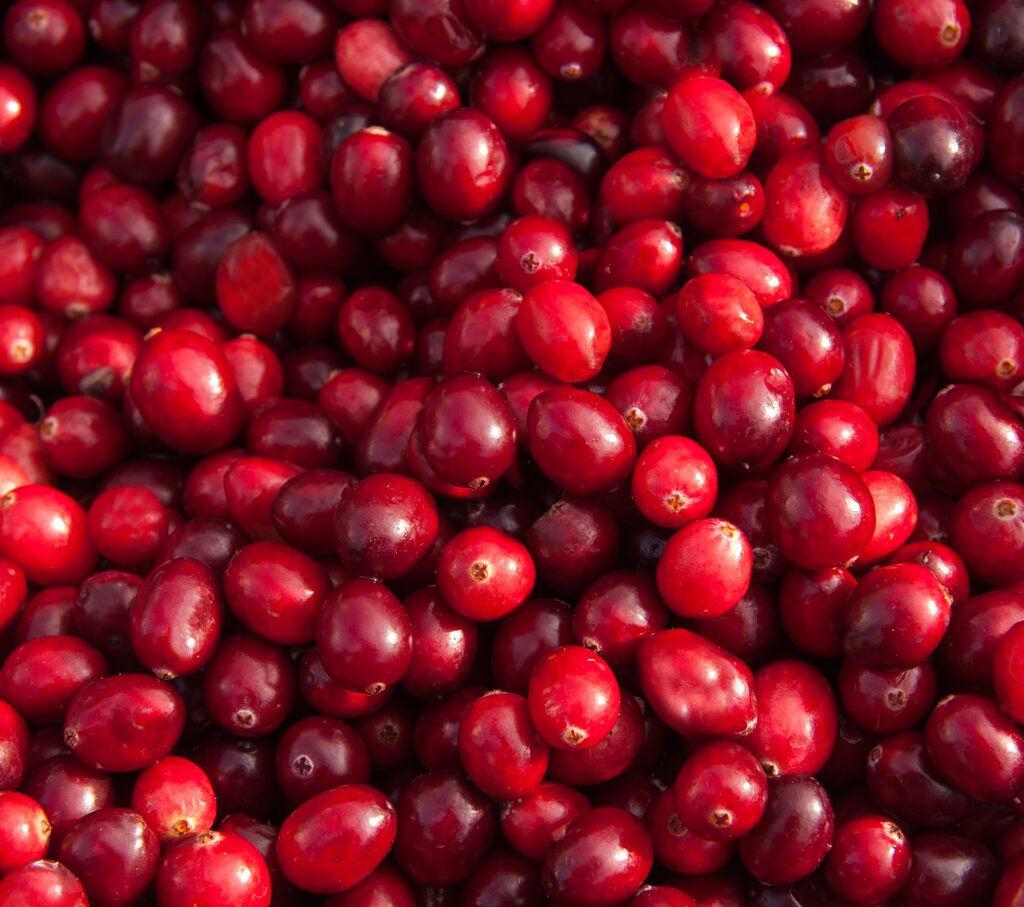
Cranberry juice enjoys worldwide popularity for several reasons:
Health Benefits
Cranberries are rich in:
- Vitamin C: Supports immune health.
- Antioxidants: Help fight free radicals.
- Proanthocyanidins (PACs): Believed to help prevent urinary tract infections (UTIs).
- Dietary fiber and phytochemicals: Beneficial for heart and digestive health.
Regular consumption of cranberry juice is associated with improved urinary tract health, enhanced immunity, and reduced risk of certain chronic conditions.
Culinary Versatility
Cranberry juice is widely used in:
- Cocktails and mocktails (like the classic Cosmopolitan)
- Fruit juice blends
- Culinary recipes and marinades
Its bold, tart flavor pairs beautifully with sweeter juices and ingredients.
Rising Health Trends
As global consumers seek healthier, antioxidant-rich beverages, cranberry juice fits perfectly into the health-conscious lifestyle, boosting demand in markets like Europe, Asia, and Latin America.
Challenges in the Cranberry Industry
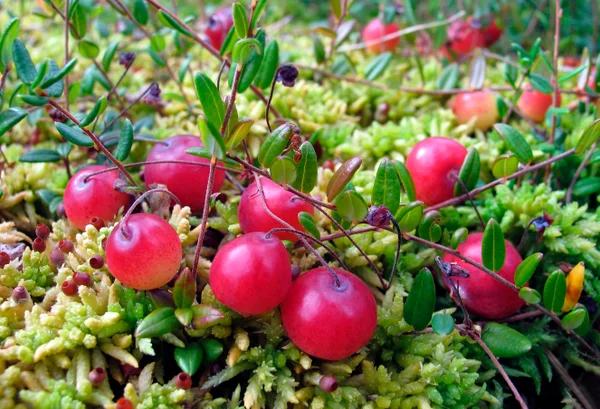
Despite its success, the cranberry juice industry faces several challenges:
Climate Sensitivity
Cranberries require very specific growing conditions — cool climates, acidic soils, and abundant water. Climate change and unpredictable weather patterns can significantly impact harvest yields.
Market Competition
Cranberry juice competes with other fruit juices like orange, apple, and pomegranate, often requiring aggressive marketing to maintain its premium image.
Price Volatility
Cranberry crops can vary year by year, causing fluctuations in supply and pricing for both berries and juice products.
The Future of Cranberry Juice Production
The future of cranberry juice production looks promising, particularly as global demand for functional, health-focused beverages continues to grow.
Emerging markets in Asia, especially China and Japan, are showing increased interest in cranberry juice due to its health benefits and unique flavor. This is driving both U.S. and Canadian producers to expand their export capabilities.
Additionally, innovations in processing — including low-sugar and organic cranberry juice varieties — are helping the industry appeal to modern, health-conscious consumers.
Final Thoughts
So, which country is the largest cranberry juice producer in the world? The clear answer is the United States. With its rich cranberry-growing history, massive harvest volumes, and industry-leading processing infrastructure, the U.S. stands as the top producer and exporter of cranberry juice globally.
While Canada and a few other nations contribute to global supply, no country matches the scale, heritage, or market influence of the United States in the world of cranberries.
As demand for health-oriented beverages continues to rise, expect cranberry juice to remain a staple in supermarkets and homes worldwide — with the U.S. leading the charge in both production and innovation.





